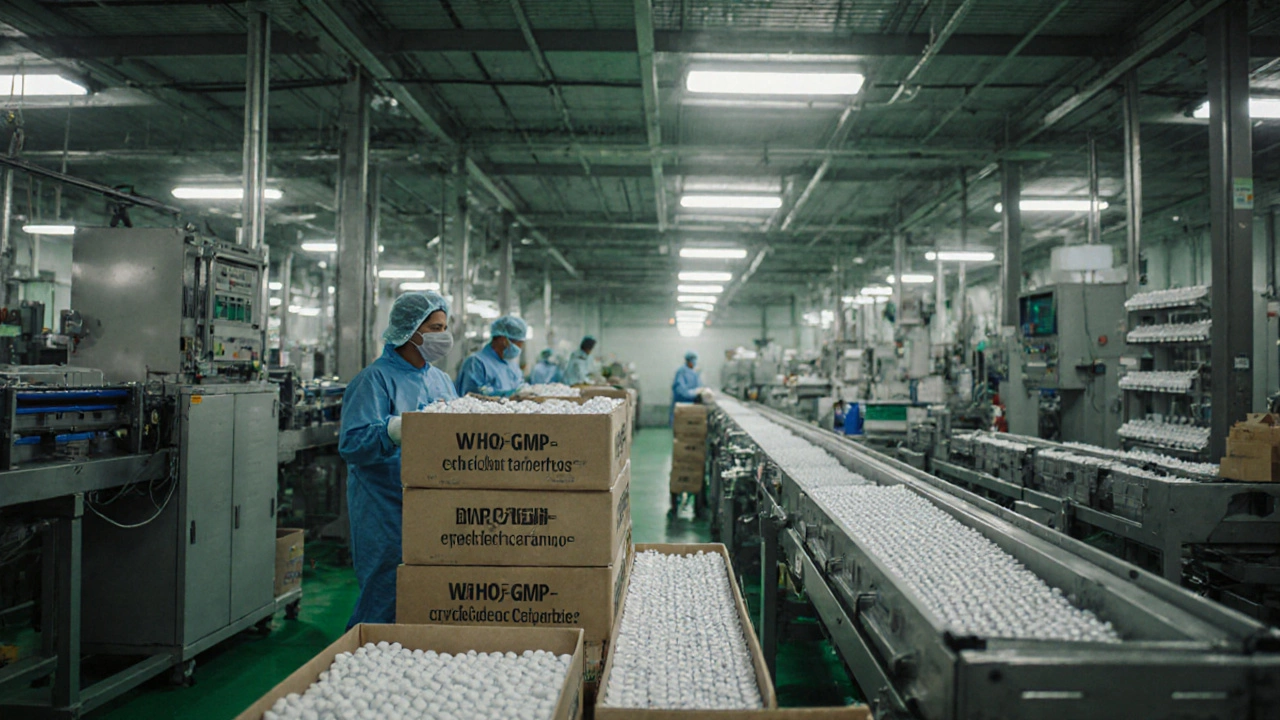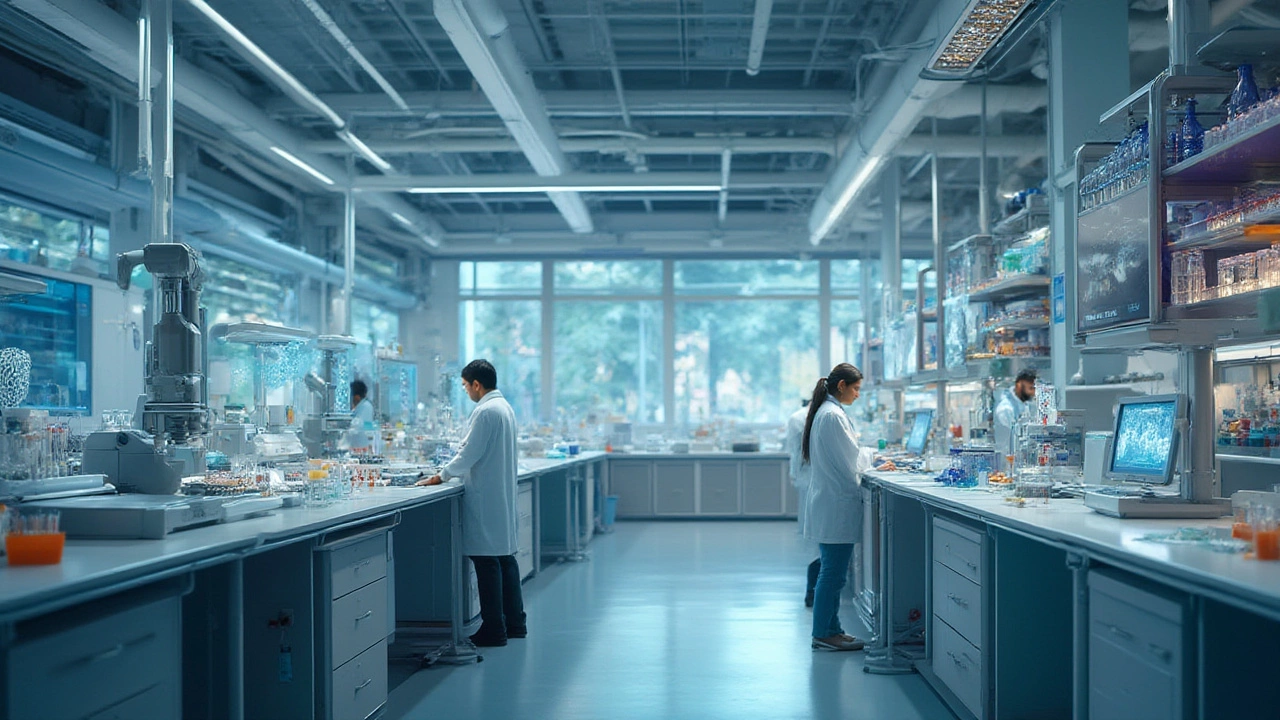Pharmaceutical Manufacturing: What You Need to Know
If you’ve ever wondered how a pill gets from a lab bench to a pharmacy shelf, you’re in the right place. In the next few minutes we’ll walk through the main stages, why quality matters at every step, and what’s shaking up the industry today.
From Molecule to Market: The Production Journey
Everything starts with the active ingredient, known as the API (Active Pharmaceutical Ingredient). Chemists synthesize it in a controlled environment, often using several reaction steps that need precise temperature and timing. Once the API is pure, it moves to formulation – mixing it with fillers, binders, and other ingredients to create tablets, capsules, or liquids.
Formulated material then goes through the “fill‑finish” stage. Here machines fill each container—whether a bottle, blister pack, or vial—and seal it. This step uses clean‑room technology to keep contaminants out. After filling, the product is labeled, boxed, and shipped to distributors.
Quality control runs in parallel with every stage. Labs test for potency, purity, and stability, while regulatory teams check that every batch meets local and global guidelines. If something looks off, the batch is stopped and investigated before it reaches the market.
India’s Pharma Powerhouse – Why Hyderabad Leads
India produces about 20% of the world’s generic medicines, and Hyderabad sits at the heart of that output. The city boasts a dense cluster of manufacturers, research institutes, and logistics firms, creating a natural ecosystem for drug production.
Government incentives, such as tax breaks and streamlined approvals, make Hyderabad attractive for new plants. At the same time, a large skilled workforce—engineers, chemists, and technicians—keeps the factories running smoothly. This mix of support and talent translates into faster scale‑up and lower costs for drug makers.
Because of these advantages, many global pharma companies set up joint ventures or contract manufacturing facilities in Hyderabad. The result is a steady flow of both generic and specialty drugs that serve markets across Asia, Africa, and the Americas.
Tech and Trends Shaping the Future
Automation is moving from large filling lines to smaller, continuous manufacturing setups. Instead of batch‑by‑batch production, continuous processes run 24/7, reducing waste and speeding up release times. AI algorithms now predict potential quality issues before they happen, saving time and money.
Sustainability is also a hot topic. Manufacturers are adopting water‑recycling systems, greener solvents, and energy‑efficient equipment to meet stricter environmental standards and cut operating costs.
Finally, the rise of personalized medicine means factories need flexibility. Small‑batch production of tailor‑made therapies, like cell‑based treatments, is becoming more common, pushing companies to invest in modular equipment that can switch quickly between products.
All these changes point to a brighter, faster, and cleaner future for pharmaceutical manufacturing—especially in hubs like Hyderabad that already have the right mix of talent, infrastructure, and ambition.

